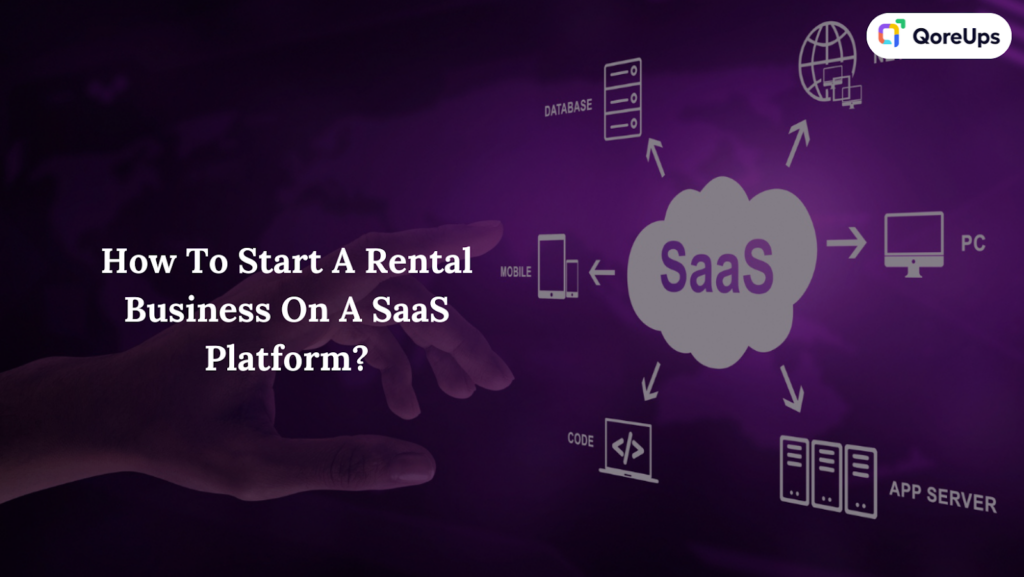
The traditional path of going straight from undergrad to graduate school isn’t for everyone. Many people choose to enter the workforce first to gain real-world experience before deciding to pursue an advanced degree. If you’ve been working for several years and are now considering going back to school at 30 (or any age really), there are plenty of resources available to help make that transition smoother.
Start With Your Employer
Your current company may actually be one of the best resources for going back to graduate school. Many employers, especially larger corporations, offer tuition assistance programs that can help cover a portion of the costs for approved degree programs. Even if you plan to use the degree to change careers afterwards, taking advantage of this benefit while still employed can save you thousands of dollars that would otherwise need to be paid out-of-pocket or through loans.
The first step is to check with your HR department or review your company’s benefits policies regarding tuition reimbursement or assistance. You’ll likely need to submit a proposal for why the degree is relevant to your current role or the company’s needs. Having your manager’s support can go a long way in getting approval.
Additionally, your manager and colleagues who have pursued further education can provide helpful insight into balancing coursework with your current job responsibilities. Get their advice on realistic course loads, how to discuss priorities with professors when deadlines conflict with work, and strategies for staying productive when juggling it all. They can also give you a realistic preview of what to expect in terms of your workload capacity.
Some employers may allow more flexible schedules or the option to go part-time while you’re in school. However, recognize that work responsibilities and client/customer needs will still likely take priority. You may need to get creative about making up hours earlier in the week or putting in evening/weekend time to account for classes and studying during normal business hours. Discussing expectations upfront with your boss can help ensure you have their full support when responsibilities occasionally overlap.
University Resources
Once you start researching and applying to graduate programs, the schools themselves become a valuable resource. Admissions counselors can fill you in on credential requirements for each program, accepted work experience that may count toward application requirements, program formats (part-time, evening, online options), and other support services for students returning to academia after a break.
Most universities now have educational resources dedicated specifically to “non-traditional” or “adult” students who are coming back to school after years in the workforce. These offices can connect you with advisors who understand the unique challenges of being a “re-entry” student. They can help you get up to speed with the latest instructional technologies, refresh your academic writing skills, provide tutoring, and point you toward financial aid and scholarship opportunities for returning students.
Having a built-in community of people in similar circumstances can make the transition much easier. Most schools will have student organizations, mentorship programs, and peer networks specifically for non-traditional and adult learners. Being able to share experiences, swap tips on balancing life and coursework, or simply vent with others in the same situation can provide a huge support system.
Professional Associations
If you’re staying in your current field, professional associations related to your industry can point you toward recommended graduate programs and alternative credentials that may be valued by employers. For example, if you work in finance, an organization like the CFA Institute can steer you toward respected credentials like the Chartered Financial Analyst certification.
Many of these associations also offer continuing education courses, live and online seminars, training programs and other resources that can help bridge the gap between working full-time and going back to the classroom. You can start updating your academic skills and reintroducing concepts through these lower-stakes offerings before committing to a full graduate program. They also provide great networking opportunities to connect with other professionals interested in going back to school.
Student Loan Resources
Of course, paying for graduate school is one of the biggest considerations when going back after years of earning a steady paycheck. After exhausting all avenues for employer tuition benefits and researching extensive grant and scholarship offerings for “non-traditional” grad students, you may still need to take out loans to cover costs.
Resources like the U.S. Department of Education’s Federal Student Aid website can walk you through the FAFSA process for grants and federal loans. They provide loan calculators to estimate borrowing needs, help compare lender options, and look into potential loan forgiveness programs based on your future career plans.
There are also extensive private student loan options to supplement federal aid packages. Sites like Credible.com allow you to compare interest rates and terms across multiple private lenders at once. Different university websites, such as the University of Phoenix’s, provide detailed pages on the options available to students to finance their education. University financial aid offices are another great resource, as counselors can provide the most up-to-date information on aid packages, work-study options, graduate assistantships, and tuition payment plans specific to their school.
Building Your Support System
In addition to the concrete resources from employers, universities, professional groups and lenders, one of the most important things to establish when going back to grad school after years of working is a personal support system. Pursuing an advanced degree while working full-time is extremely demanding. You’ll need a strong network of friends, family, colleagues, and fellow students who understand the unique pressures you’re facing.
Rely on them for everything from pep talks during crunch times to helping cover household responsibilities when your schedule is overloaded. Let your inner circle know upfront that you’ll be making temporary sacrifices and may need to pass on some social events to focus on academics. But also schedule little breaks and rewards along the way to avoid burnout. Having a strong cheering squad to lean on can make all the difference in persevering through the journey.
Time Management Strategies
One of the biggest challenges of being a working student is finding enough hours in the day for all your responsibilities. Developing strong time management skills is crucial. Utilize tools like calendar blocking to dedicate set times exclusively for your classes, studying, work projects, and personal time. Eliminate distractions like social media during your designated academic blocks.
It can also be helpful to try different study tactics to maximize efficiency – techniques like working in timed intervals, or active recall with flashcards instead of just re-reading notes. Over time you’ll find the specific strategies that help you stay focused and retain more information in less time.
Don’t be afraid to ask for help or accommodations when you need them. Most professors understand the workload adult students are balancing and are willing to be flexible on deadlines in cases of work obligations or personal emergencies. Set realistic expectations with periodic breaks built in, so you can make it through each semester at a manageable pace.
Don’t let a few years out of the classroom deter you from pursuing a graduate degree and advancing your career. While it may require strategic planning and self-discipline, going back to school at 30 or anytime after entering the workforce is absolutely achievable. With some diligent research into all the available support services, resources, and financial assistance, you can map out the path that works best for your lifestyle and professional goals. The temporary balancing act of being a working student will in all likelihood pay off in the long run.
Featured image by Redd F on Unsplash
The post Furthering Your Education: Top Resources for Going Back to Grad School After Working appeared first on noupe.



